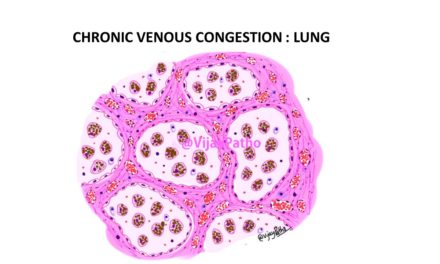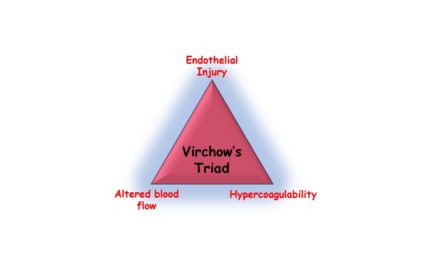AZZOPARDI PHENOMENON/EFFFECT
This is a phenomenon observed as a histopathological findings where there is lacing of basophilic material around the small blood vessels in certain high grade tumors. This phenomenon was initially described by professor John G Azzopardi in Oat cell carcinomas ( small cell carcinoma ) of lung.
Professor John G Azzopardi identified that the basophilic material around these blood vessels is a nuclear DNA material.
Mechanism of this Phenomenon
Small cell carcinoma of lung which was earlier referred to as oat cell carcinoma, is a highly malignant tumor , which is composed of primitive appearing cells. These cells are arranged in sheets, clusters or ribbons and are round to oval to irregular and have hyperchromatic nuclei with scant cytoplasm. Nuclear moulding, smudging, atypical mitosis and necrosis are seen.
Because of extensive necrosis of these cells, the nuclei disintegrates and subsequently result in release of nucleic acids. These nuclear DNA material gets deposited in the wall of the small blood vessels particularly the capillaries and venules.

On Hematoxylin & eosin stained sections this is seen as smudged deep basophilic material incrusted/lacing the vessel walls. This is most often see near the areas of necrosis.
Click on the link below to view the beautiful Azzopardi phenomenon, which is posted by Dr Sanjay Mukhopadhay, a pulmonary pathologist at Cleveland clinic, Ohio.
AZZOPARDI PHENOMENON in small cell carcinoma
Note that this Azzopardi Phenomenon is not specific for small cell carcinoma of the lung. It can be seen in high grade carcinomas where there is a rapid cell turnover.
It is noted rarely in few tumors like, medulloblastoma, Merkel cell carcinoma etc.











Recent Comments